Water is an essential part of our day-to-day lives, so every drop of it counts. That’s why it’s important that we conserve it and look for ways to make the most of it.
A cistern water system is one of those ways. It’s a system that allows you to use rainwater for your daily activities, helping you conserve more water and reduce water bills.
In this guide, we’ll discuss cistern water systems, from their benefits and drawbacks to their cost. We’ll cover everything you need to know about this eco-friendly system.
What is a cistern water system?
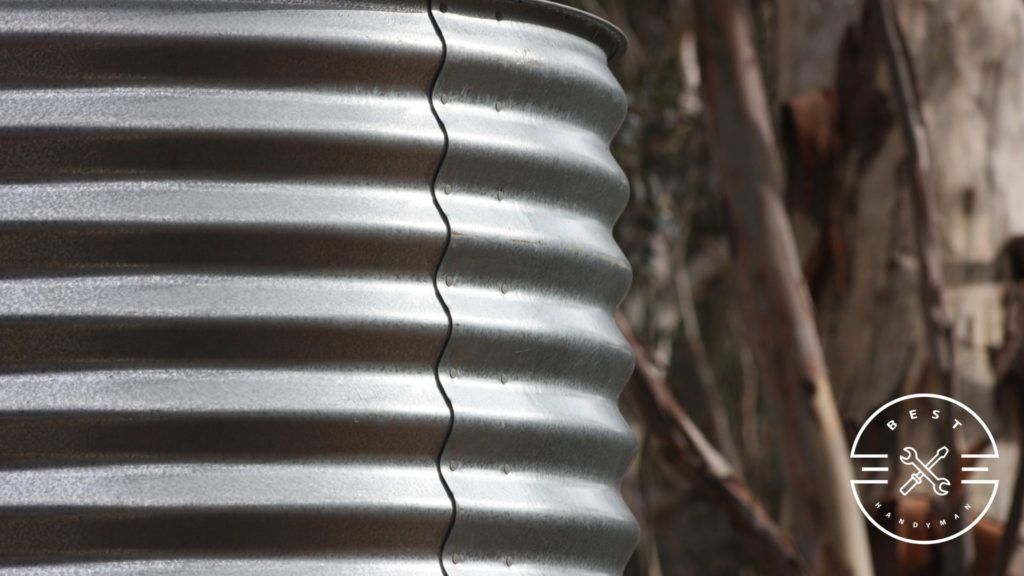
A cistern water system is a water system that gathers and stores water obtained from rainwater. This collected water can be used for watering plants, washing cars, washing clothes, and more.
A cistern water system uses large containers to hold and preserve water. This system is often utilized in regions with limited water availability or as a sustainable approach to reducing dependence on traditional water sources such as city water.
How does a cistern water system work?
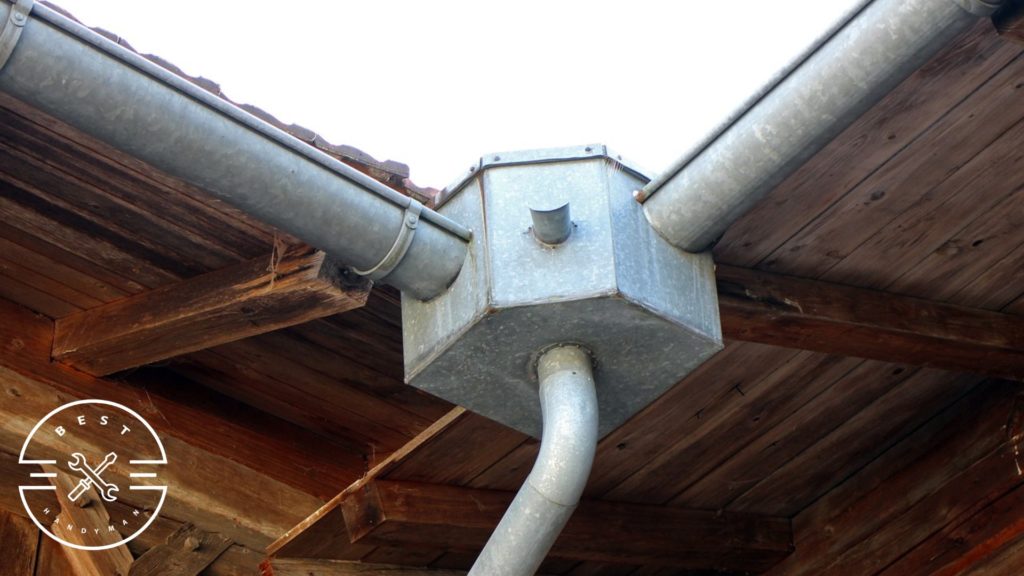
A cistern water system works by collecting rainwater from surfaces like rooftops. Gutters are usually installed on the roof to direct rainwater to the tank.
Before water enters the tank, it usually passes by a filtration system to remove debris, leaves, and other impurities. Some systems also use a treatment device that discards the initial runoff, as it usually contains more contaminants.
After it enters the tank, it will be distributed to certain areas in the house through pipes.
What are the pros and cons of a cistern water system?
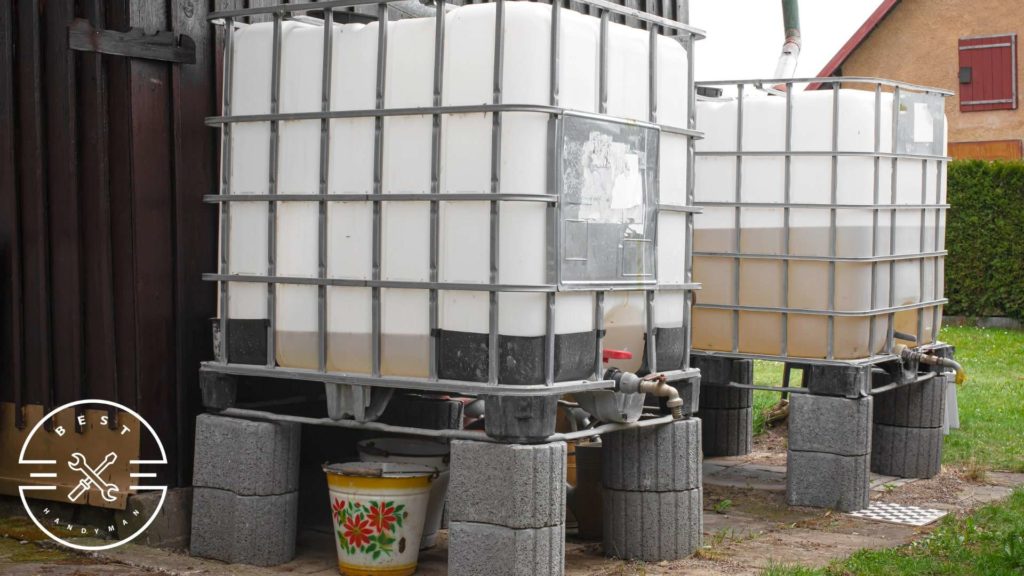
Pros
- Lower water bills
- Can prevent flooding
- Environment-friendly
Cons
- Quite expensive
- High maintenance
- Needs a lot of space
Using stored rainwater for non-potable purposes, like flushing toilets, laundry, or washing cars, can significantly reduce water bills. This is typically the biggest advantage of a cistern water system that attracts many homeowners and businessmen.
Cisterns also reduce the use of city water.
City water is typically treated and uses a lot of energy to transfer it from the water district to your home. By using rainwater, you’re reducing energy consumption.
Moreover, cisterns help reduce stormwater runoff, protecting you and your neighbors from flooding and erosion.
While cisterns undeniably offer several benefits, it’s essential to take a balanced view and consider some of the potential drawbacks of these systems.
Cistern water systems are expensive, and the initial upfront cost can be a barrier for some. You have to pay for the tank, filtration system, treatment equipment, plumbing, and more.
Once installed, they require regular maintenance, including cleaning filters, inspecting the leaks, and testing water quality. Neglecting maintenance can lead to water quality issues and system problems.
They also require a huge space, which may not be practicable for some houses. The tanks are quite huge, so even if you put them underground, you’d still need a significant space.
How is a cistern water system different from a well?
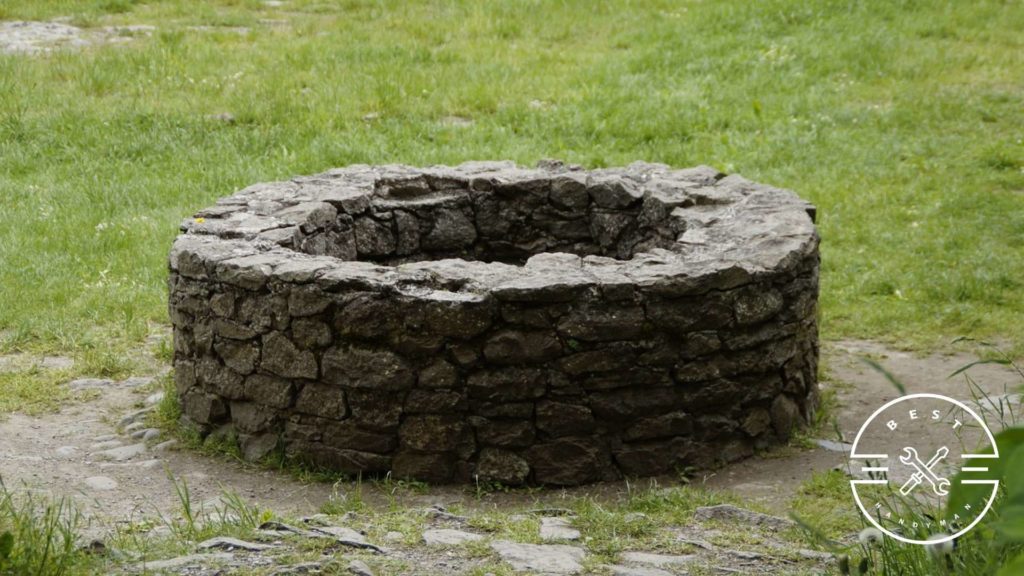
The biggest difference between a cistern water system and a well is the source of their water. Cisterns collect rainwater, while wells tap into groundwater.
Cisterns are designed to collect and store rainwater that flows from the roof or surface. This water is then redirected into a storage tank.
On the other hand, wells are dug into the ground to access groundwater, which is located below the Earth’s surface.
Moreover, water collected from a cistern is generally used for non-potable purposes only. Bacteria and viruses are typically not filtered out from the water, making it unfit for consumption.
In comparison, water sourced from wells can be used for both consumption and non-potable needs.
Water from wells is naturally filtered by the layers of rock it passes, helping remove bacteria, viruses, and some chemicals.
Is it a good idea to set up a cistern water system?
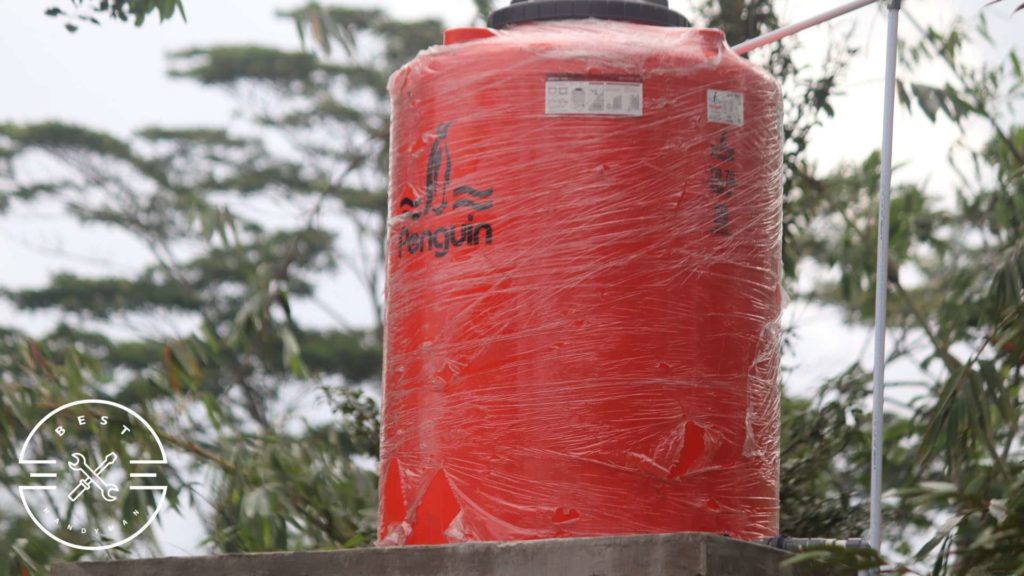
Setting up a cistern water system can be beneficial in various situations. But the decision to set up one relies on your lifestyle and circumstance.
Here are some situations where setting up a cistern may be beneficial for you:
You live in an area with water scarcity
There are some regions facing water scarcity because of various reasons. Installing a cistern can help provide a reliable source of water that they can use for non-potable purposes.
You have a large space on your property
Cisterns are huge, so you need enough space to store them. There should also be ample space for you to move around after the tanks are installed since they will need regular maintenance.
You have the budget to install one, and water in your area is expensive
Consider the payback period for your investment and whether the money you’ll save from your water bill is enough to justify the initial expense.
Even if you have the budget to install one, it doesn’t mean you have to install one immediately. If the water in your area is relatively cheap, the savings you’ll get from a reduced water bill may not be enough to cover the cistern’s upfront and upkeep costs.
How much does a cistern water system cost?
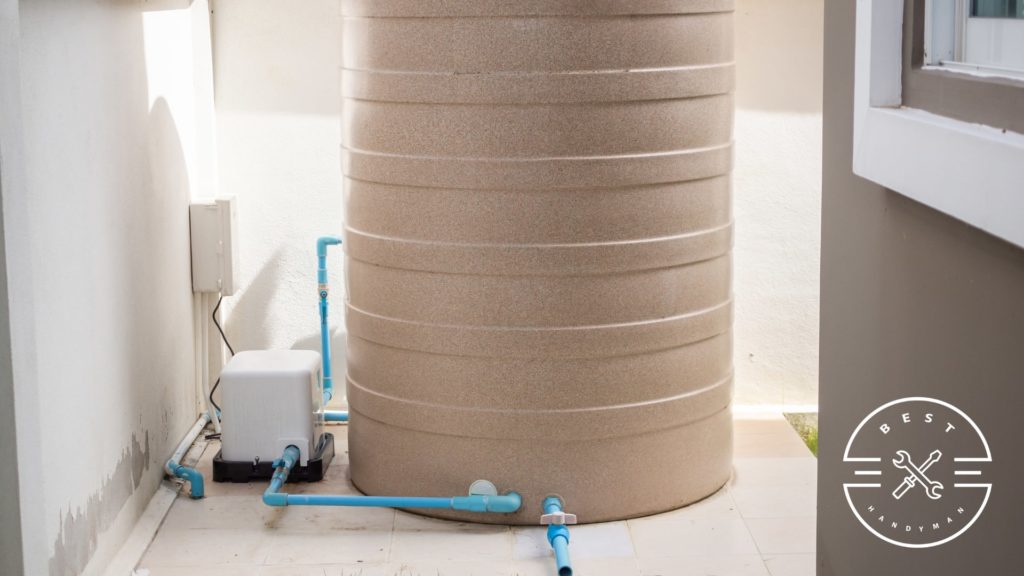
A cistern water system costs $2,500 on average, but it can go as low as $120 to as high as $15,000, depending on the size of the tank, the method of collecting water, and the materials used in the components.
Cistern Water System Cost Based on Method of Collection
Rooftop Harvesting
Rooftop harvesting is the most common rainwater collection method in cistern water systems. In this method, gutters and downspouts are installed to guide the rainwater hitting the roof to the cistern.
Mesh is usually used to separate leaves and debris from the water before it enters the tank.
Surface Runoff Collection
In surface runoff collection, rainwater is collected from the ground’s surface rather than the roof. Installers create channels to direct the runoff to the filtration system, where the water first passes before entering the tank.
Surface runoff collection is much more expensive than rooftop harvesting, as it’s relatively harder to install. The ground has to be excavated to install the tank, driving up the cost of labor and materials.
It can cost anywhere between $8,000 and $15,000, which is significantly higher than rooftop harvesting.
Cost of Water Tanks for Cistern Water System
Water tanks are the most important component of the cistern water systems. They’re responsible for storing rainwater that you can use for your daily use.
That’s why choosing the type that will work well for you is important. Common materials used are plastic, concrete, fiberglass, and steel.
Plastic Tank
Plastic or polyethylene cisterns are among the most affordable tank options for cistern water systems. They’re also lightweight and easy to install, so the labor cost will likely be lower.
It’s important to mention that they’re not as durable as other tanks. They may deteriorate quickly when exposed to direct sunlight.
For a plastic tank with a capacity of 5,000 gallons, you can anticipate spending between $2,000 and $4,000.
Fiberglass Tank
Fiberglass tanks are a bit more expensive than plastic, costing $2,000 to $5,000 per 5,000 gallons.
They aren’t as easily accessible as plastic tanks, though, and may have to be sourced from a different state, so prepare a bit more for transportation costs.
Fiberglass tanks tend to last longer than plastic and can withstand various weather conditions. They’re also relatively easier to install and easy to clean.
Concrete Tank
Concrete tanks are a great way to store large amounts of rainwater. They can handle all kinds of weather, which makes them perfect for places with harsh winters and summers.
An above-ground 5,000-gallon concrete tank will typically cost between $3,000 and $6,000, excluding labor expenses. With labor, it can go up to $10,000.
If you want to install an underground cistern with a capacity of 5,500 gallons, it’s advisable to budget around $17,000 to $21,000 for the tank and labor. It’s a lot more expensive since excavation alone can cost you $1,000 to $5,000 already.
Steel Tanks
Similar to concrete tanks, steel tanks are known for their durability and long lifespan. If coated and maintained properly, these tanks can last for over 30 years.
They are quite expensive, though, costing about $3,000 to $6,000. They’re most commonly used by industrial companies because of their cost and ability to hold heavy loads.
Installation Cost of Cistern Water System
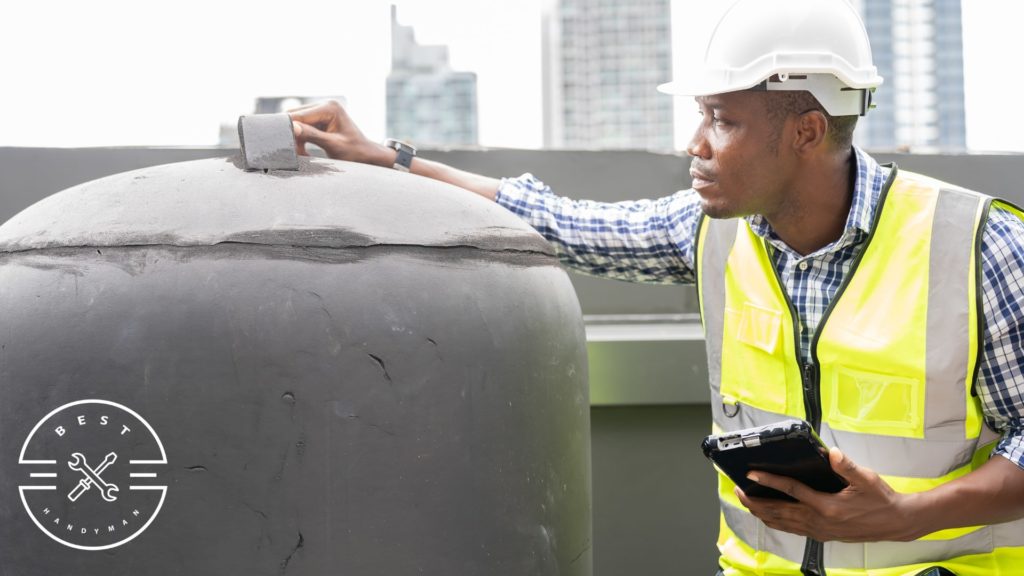
Above-Ground Cistern
Above-ground cisterns are generally more budget-friendly to install compared to underground cisterns. The setup process is less complicated since there’s no need for excavation.
The cost of above-ground cisterns typically falls within $70 to $250, which is relatively affordable.
Underground Cistern
As the name suggests, underground cisterns are installed beneath the ground’s surface. This means you have to excavate the land to be able to install the tanks.
Underground cisterns tend to be more expensive due to the excavation involved. Typically, their cost begins at $12,000, as the cost of the excavation alone can range from $50 to $200 per cubic yard.
Additionally, piping for underground cisterns tends to be more complicated, so plumbing services can be costly. You may need to pay around $200 to $500 to cover expenses related to pipes and pumps.
Is the water in a cistern safe to drink?
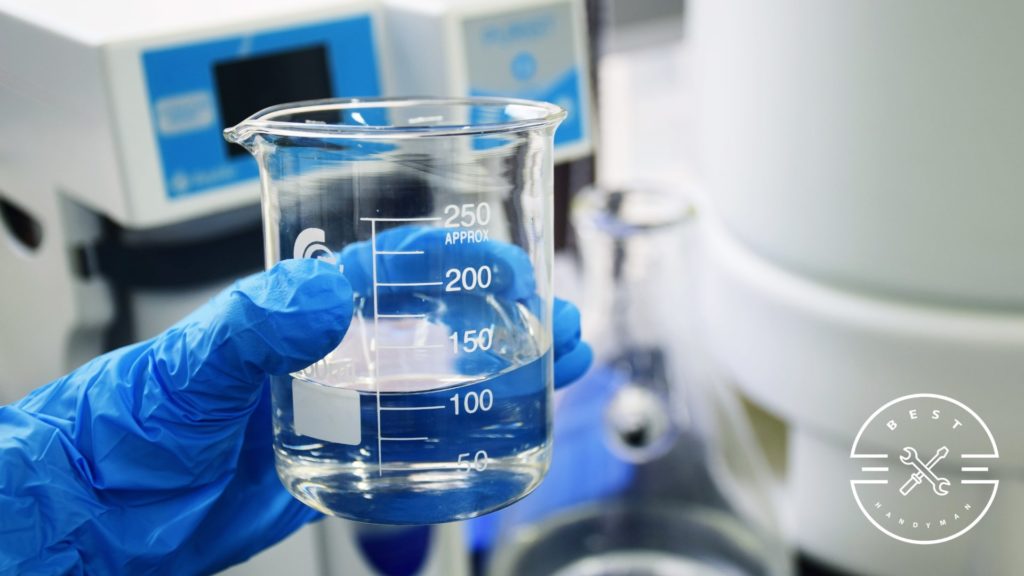
One of the most commonly asked questions about cisterns is whether the water collected is safe to drink, and the answer to that is no. It only filters leaves and debris but not bacteria and viruses, so it’s generally not safe to drink.
Consider only using water from a cistern for tasks that don’t require you to consume it, like flushing the toilet, watering your plants, and doing the laundry.
It will be good to invest in a more advanced filtration system and use treatment methods like purifying tablets if you don’t have access to city water and really need to consume water from the cistern.
It’s also crucial that you consistently test the quality of the water before consuming it.




